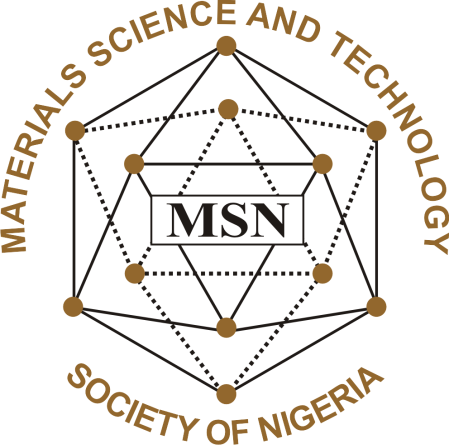Application of response surface methodology in adsorption of lead ion from laboratory simulated wastewater using Eucalpytus tereticornis leaves
Abstract
This study is aimed at modeling of lead adsorption on Eucalyptus tereticornis (locally known as Turare) leaves from laboratory simulated wastewater through the application of response surface methodology (RSM). Batch studies were performed to evaluate the different parameters considered: contact time and adsorbent dosage. Central Composite Design (CCD) in Response Surface Methodology was employed which gave a total of 13 experimental runs that lead to a quadratic model relating the response (adsorption capacity) and the variables. Analysis of variance (ANOVA) indicated that the model was significant as indicated in model P-value of 0.0001. Significant model terms were (contact time) and (adsorbent dosage). Experimental results showed that at constant pH 5, the adsorption capacity has reached a maximum of 0.8147 mg/g with a contact time of 70 min. Optimization of the model indicated adsorbent dosage of 1 g/L and 120 min adsorption time as optimum conditions for the process. The actual and predicted values of the response agreed closely as evidenced from the model R2-Value of 0.9651.
Keywords: RSM, lead (Pb), simulated wastewater, Eucalyptus tereticornis and model.
